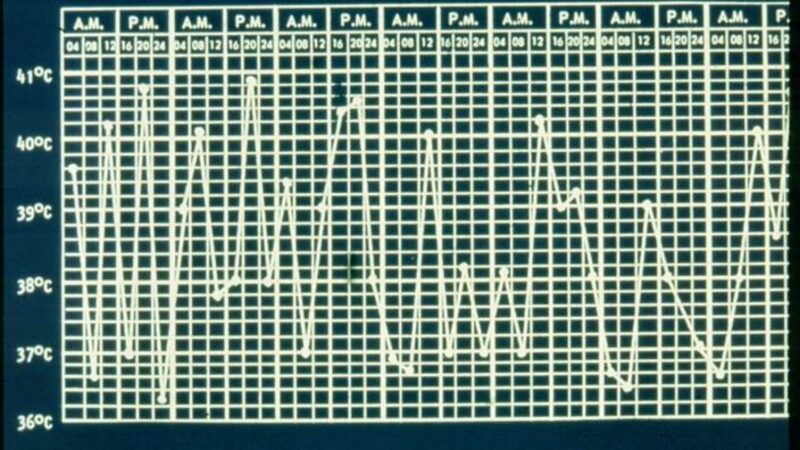You can reduce – but not stop – canakinumab therapy in patients who are in complete clinical remission (CR) in children with systemic juvenile idiopathic arthritis (sJIA).
In this two‐part open‐label study, sJIA patients initially received canakinumab (4 mg/kg ) subcutaneously every 4 weeks (q4w) and discontinued glucocorticoids and/or methotrexate until they achieved CR (inactive disease for at least 24 weeks) on canakinumab monotherapy (Part I). These patients then entered into the drug-withdrawal phase (Part II) when CR patients were rerandomized to either 1) dose reduction from 4 to 2 to 1 mg/kg and then discontinuation or 2) dose interval prolongation from q4w to q8w to q12w and then discontinuation. In both arms, canakinumab changes were predicated on remaining in CR status.
Of the 182 patients entered Part I of the study, 75 were in CR and then randomized and entered Part II.
The primary outcome for 75 patients in Part II was the maintenance of CR at week 24:
- Arm 1 = 27/38 (71%) (2 mg/kg q4w)
- Arm 2 = 31/37 (84%) (4 mg/kg q8w) maintained CR for 24 weeks in the first step (P ≤ 0.0001 for each arm vs 40%).
Overall, 25/75 (33%) patients discontinued canakinumab and remained in CR for at least 24 weeks. As discontinuation lead to flares, it appears that consistent IL‐1 inhibition seems necessary to maintain this response.
Related Content
-
August 1, 2016
Tumor necrosis factor (TNF) receptor-associated periodic syndrome (TRAPS) is an autosomal-dominant autoinflammatory disease…
-
June 17, 2020
Yesterday, the FDA approved canakinumab (Ilaris) as treatment for adult-onset Still's disease (AOSD),…
-
May 24, 2017
Adult-onset Still disease (AOSD) is usually regarded as an autoinflammatory disease, largely because…
-
January 1, 1970
A retrospective records review of patients with periodic fever syndromes (PFS) receiving IL-1…
-
March 12, 2020
An Italian study examined the outcomes in adult onset Still's disease (AOSD) based…
-
May 14, 2022
Emapalumab Treatment in Macrophage Activation Syndrome: Dr. Fabrizio De Benedetti https://youtu.be/yHBRXphEhe0 Macrophage…









